At the end of a day of work, I’ll often tell my partner about some of the more interesting manuscripts I have catalogued. I might mention, for instance, an Arabic text about the legality of tobacco usage. ‘For or against?’ she might ask me. ‘I don’t know, I didn’t read it.’ So it goes with cataloguing: I read the beginning and end of thousands of manuscript texts, only enough to determine what the text is, hardly ever stepping into the middle. The interior is for some later researcher, whenever they might come across it.
This sense of externality can be even more pronounced when working with digitised manuscripts. I have looked closely at photographic reproductions of thousands of valuable handwritten items over the last several years, but have never seen any of them in person, knowing always that they remain rightfully in the hands of their owners across the Middle East. Technology now allows me to see these treasures without paying for overseas travel, or relying on the acquisitions (and thefts) that have dispersed the cultural heritage of the Middle East and brought so many manuscripts to Europe and North America over the past few centuries. I hope that my cataloguing work can help give this access to other scholars and interested people, especially at a time when travel has suddenly become so difficult. I am fortunate in being able to continue doing this from home.
This is the nature of my work for the Hill Museum and Manuscript Library (HMML), which is based at Saint John’s, a small university and Benedictine abbey in rural Collegeville, Minnesota. HMML preserves manuscripts and other items through digital photography, and makes them available online free of charge, while ownership remains with the holding repositories. Although the project began with microfilming in European monasteries in the 1960s, HMML now has digital collections from around the world, with priority given to collections that may be endangered by conflict or some other form of threat.

Members of the Khalidi family outside the newly opened library (c. 1900), with (in white) Sheikh Taher al Jazaireh, founder of the Zahiriyya library in Damascus. Photo: Library of Congress
As part of this project, I recently finished work on the Khalidi Library, one of the largest and most impressive collections I have catalogued to date. The library of the Khalidi family – one of the more prominent Muslim families of Ottoman-era Palestine – has been open to the public in the Old City of Jerusalem since about 1900. Its establishment affirmed its place in the history of scholarship in the Islamic world, and the family’s desire to contribute to the cultural resources of the ‘Holy Land’ specifically, even as they noted that ‘whatever we do, it will be hard to match what exists in the way of foreign institutions in these lands’. The library occupies one of the oldest surviving Mamluk-era buildings in the city, built in the 13th century as a tomb for Barka Khan, a chief of the Khwarizmi army. Most of the structure now dates to the 14th century, and at some point it became the Khalidi family mosque. The library has been closed for several lengthy periods since 1967, as a result of the region’s recent conflicts, which the institution has been fortunate to survive.
The Khalidi collection has particular strengths in Islamic theological and legal thought, especially from authors affiliated with the Hanafi school of law. Other texts address the proper ways to recite the Qur’an, Sufi thought and practice, and other topics such as grammar astronomy, rhetoric, mathematics, and medicine. Other than small numbers of texts in Ottoman Turkish and Persian, and two manuscripts in Kurdish, the vast majority of the collection is written in Arabic.
The library’s oldest dated manuscript, a collection of Hadith (stories and sayings of the Prophet Muhammad) by Ali al-Qabisi, was copied in 1027, only 15 years after the author’s death. Another undated manuscript, a fragmentary collection of stories by Muhammad ibn Durayd, may date from the tenth century. Most of the greatest authors of Ottoman Palestine are represented in the collection, including many texts that have never been published in print. However, the manuscripts also attest to networks that stretch well beyond Palestine – to Istanbul, Cairo, and other important centres of the Islamic world. Some of the texts are elaborately decorated with narrative illustrations, scientific diagrams, or floral motifs.
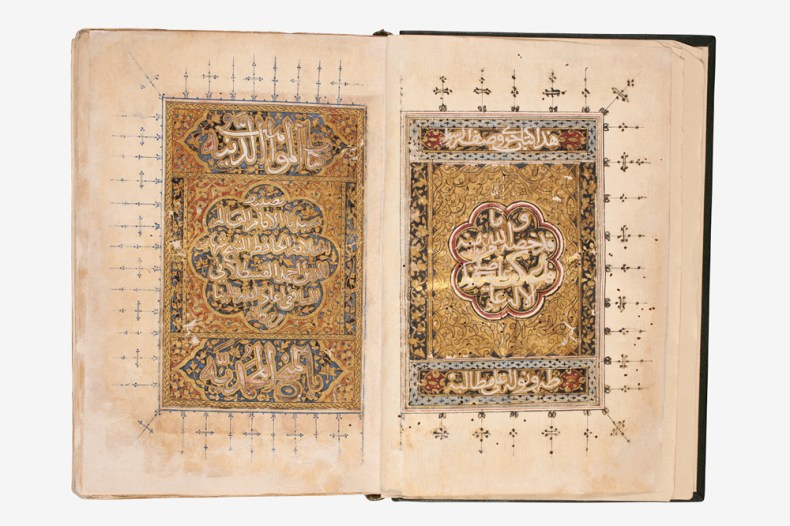
Pages (scribe Ali ibn Ali al-Bahnasi) from a biography of the Prophet Muhammad (1511), by Ahmad ibn Muhammad al-Qastallani.
Khalidi Library, Jerusalem
Each manuscript is unique, the product of a complex collaboration across time and space that includes the author of the text, the scribe who produced the particular copy, and the patrons, owners, and other caretakers who have ensured that the manuscript survived through the precarious centuries. Occasionally a note contains some personal insight that draws the reader into the lives of these people. For example, in an autograph manuscript of the great 14th-century scholar Taqi al-Din al-Subki, the author includes a note about a dream (dated precisely to Monday, 9 December, 1353) in which he saw Abu Bakr, the first caliph of Islam. He wrote the note as soon as he woke up from the dream, and his handwriting deteriorates visibly toward the end of the page as he apparently drifts back off to sleep. Similarly, a note on an 18th-century copy of a Hadith commentary comes from Musa al-Khalidi, one of the family’s prolific collectors. Musa laments that he needed to have the text copied in Cairo after his previous copy was lost to the dangerous waters of the Mediterranean, along with numerous other books that sadly never reached their place in the family library.
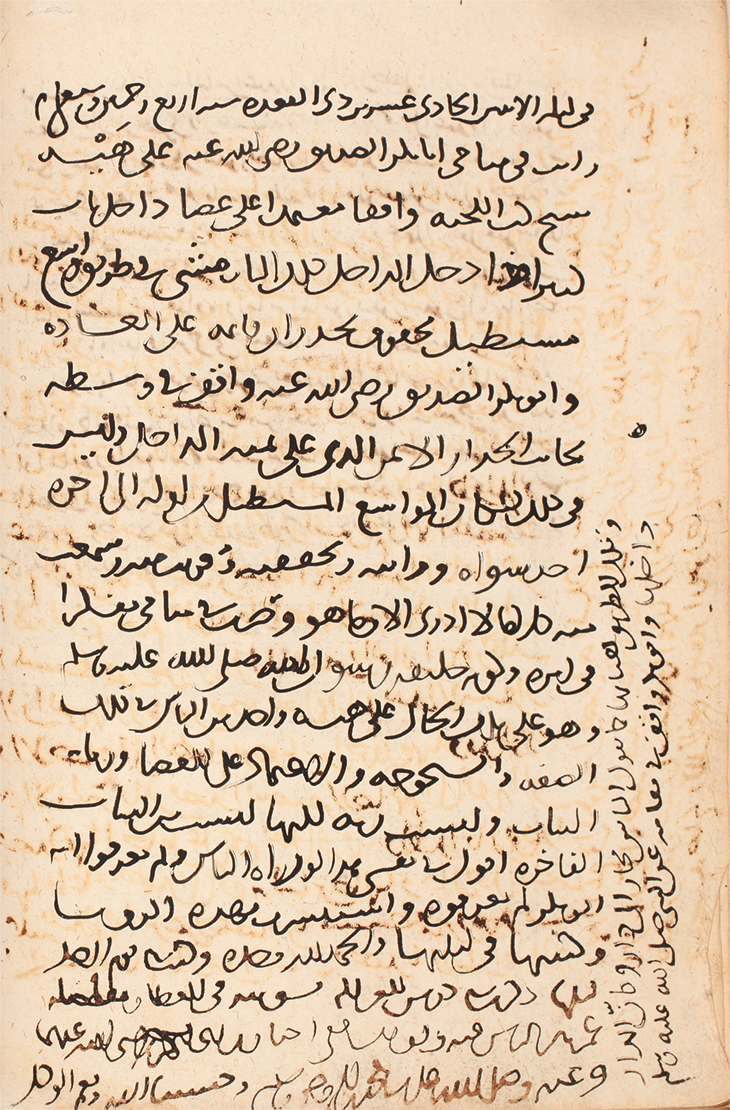
A page written by Taqi al-Din al-Subki with an account of his dream (1353). Khalidi Library, Jerusalem
When the Khalidi Library was originally opened to the public, the sign on its door read ‘Inside are valuable books’, a reference to the Qur’an (98:3). While digitisation is a form of distance from these books, it also enables scholars and anyone interested to browse the library from anywhere in the world. Inside or outside, these ‘valuable books’ are now available to all.
From the October 2020 issue of Apollo. Preview and subscribe here.
Unlimited access from just $16 every 3 months
Subscribe to get unlimited and exclusive access to the top art stories, interviews and exhibition reviews.


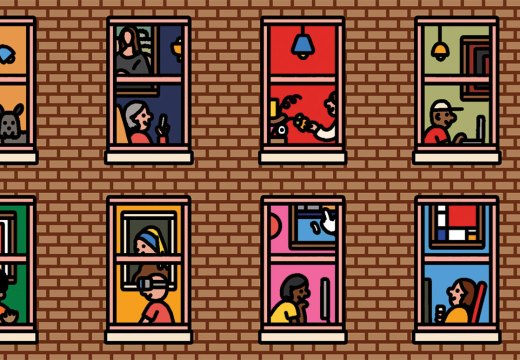
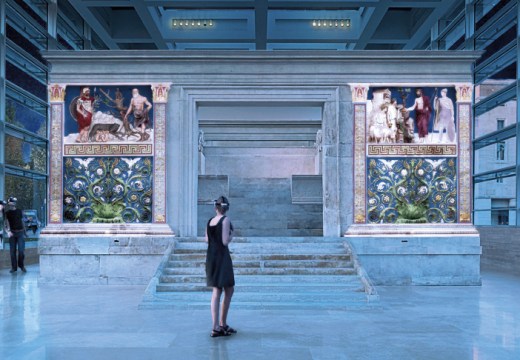
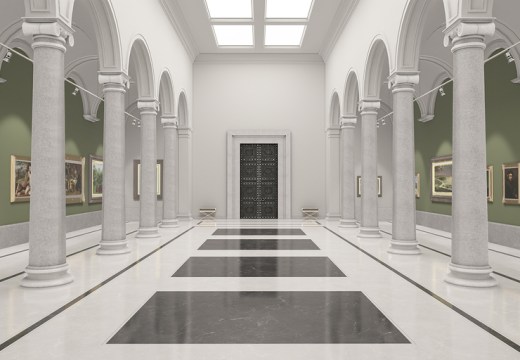









![Masterpiece [Re]discovery 2022. Photo: Ben Fisher Photography, courtesy of Masterpiece London](http://www.apollo-magazine.com/wp-content/uploads/2022/07/MPL2022_4263.jpg)
Why are fathers so absent from art history?